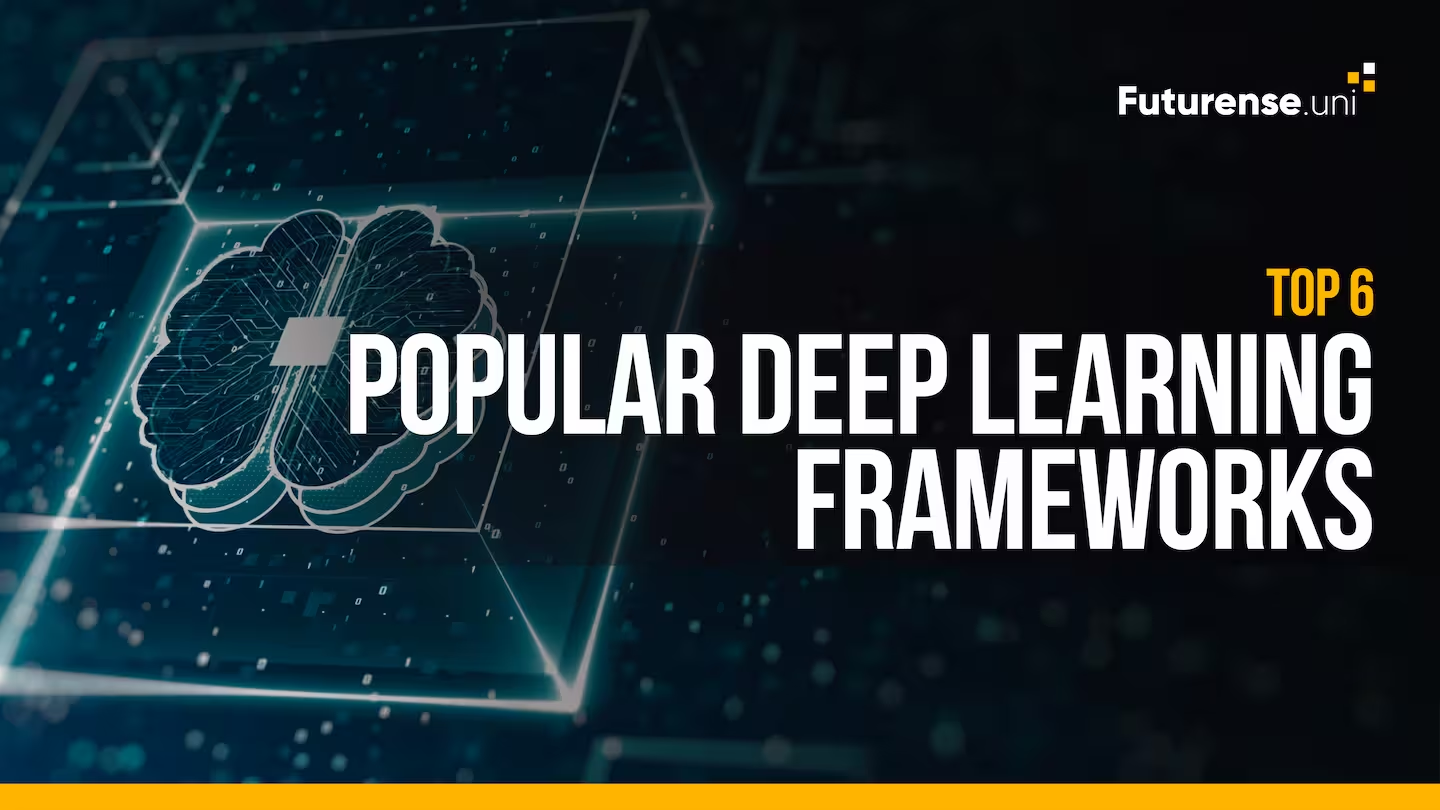In today’s world, data is being produced at a pace far beyond human capacity to process. Businesses and individuals face the challenge of turning this flood of information into meaningful insights. Deep Learning Applications—a branch of artificial intelligence inspired by the human brain’s neural networks—offer a powerful solution. They can analyze massive datasets, detect complex patterns, and make data-driven decisions with remarkable accuracy. From diagnosing diseases to enabling self-driving cars, deep learning uses are transforming industries and redefining what technology can accomplish.
This blog explores the most impactful deep learning applications, showing how they address real-world problems, boost efficiency, and open new opportunities. Whether you’re a tech enthusiast, business leader, or simply curious, you’ll see how these innovations are shaping the future—and why staying informed could give you a competitive edge.
What Makes Deep Learning Unique? Top Deep Learning Applications and Uses
Deep learning stands apart from traditional machine learning through its use of artificial neural networks with multiple hidden layers. These layers enable the system to automatically learn hierarchical representations of data, eliminating the need for manual feature extraction.
For instance, while a conventional algorithm might require explicit instructions to identify edges in an image, a deep learning model can self-learn these features by processing thousands of labeled examples.
This capability is supercharged by modern hardware like GPUs and vast datasets, allowing models to recognize patterns in unstructured data—such as text, audio, and video—with unprecedented precision.
From powering real-time language translation to enabling machines to "see" and "hear," deep learning’s ability to scale with data and complexity makes it the backbone of today’s most advanced AI systems.
Industries Transformed by Deep Learning Applications
1. Healthcare
Deep learning excels at analyzing complex medical data, making it a game-changer for healthcare:
- Medical Imaging: Algorithms detect tumors, fractures, and anomalies in X-rays, MRIs, and CT scans with accuracy rivaling human experts. For example, Google’s DeepMind developed an AI system that diagnoses eye diseases like diabetic retinopathy with 94% accuracy.
- Drug Discovery: By predicting molecular interactions, deep learning slashes the time and cost of developing new drugs. Insilico Medicine used AI to identify a potential fibrosis drug in just 46 days.
- Personalized Medicine: Models analyze genetic data to tailor treatments for cancer and chronic illnesses.
2. Finance: Enhancing Fraud Detection and Risk Management
Banks and fintech firms leverage deep learning to combat fraud and optimize operations:
- Fraud Detection: Neural networks analyze transaction patterns in real time to flag suspicious activity. Mastercard’s AI-powered system reduces false declines by 80%.
- Algorithmic Trading: Models predict market trends by processing news, social media, and historical data.
- Credit Scoring: AI evaluates non-traditional data (e.g., social media activity) to assess borrower risk.
3. Automotive Industry
Autonomous vehicles rely on deep learning for perception and decision-making:
- Computer Vision: Cameras and LiDAR sensors identify pedestrians, traffic signs, and obstacles. Tesla’s Autopilot uses neural networks to process 1.5 billion miles of driving data.
- Natural Language Processing (NLP): Voice assistants like BMW’s Intelligent Personal Agent respond to driver commands.
4. Retail Industry
E-commerce giants use deep learning to boost sales and customer satisfaction:
- Recommendation Engines: Netflix’s AI-driven suggestions save the company $1 billion annually by reducing churn.
- Inventory Management: Walmart uses AI to predict demand and optimize stock levels, cutting costs by 15%.
- Visual Search: Pinterest’s Lens tool lets users search for products using images instead of keywords.

Everyday Applications of Deep Learning You Might Overlook
1. Virtual Assistants: Siri, Alexa, and Google Assistant
These tools rely on deep learning for speech recognition and context-aware responses. For instance, Alexa’s NLP models process over 100 million voice interactions daily.
2. Social Media: Content Moderation and Facial Recognition
- Content Filtering: Facebook uses DeepText to detect hate speech and spam in over 100 languages.
- Facial Recognition: Instagram’s AI automatically tags friends in photos with 98% accuracy.
3. Entertainment: AI-Generated Art and Music
Tools like OpenAI’s DALL-E and Jukedeck create original artwork and music compositions, democratizing creativity.
Conclusion
Deep Learning Applications are shaping the world around us—from lifesaving medical breakthroughs to the everyday convenience of voice-activated devices. These deep learning uses are no longer confined to research labs; they’re actively transforming how we live, work, and innovate. As AI continues to advance, keeping pace—through continuous learning or collaboration with AI experts—will be essential to thrive in an intelligent, data-driven future.
FAQ: Deep Learning Applications
What are some common applications of deep learning?
Examples include image recognition, speech recognition, natural language processing (chatbots, translation), autonomous vehicles, medical imaging diagnosis, object detection, facial recognition, recommendation systems, and generative art.
How is deep learning used in healthcare / medicine?
It’s used for disease detection (e.g. cancer MRI scans), segmentation of medical images, predictive diagnostics, drug discovery, and personalized treatment planning.
Can deep learning be used for NLP (natural language processing)?
Yes. Models like RNNs, Transformers, BERT, GPT etc. are extensively used for translation, sentiment analysis, summarization, question answering, and more.
What role does deep learning play in self-driving cars?
It powers perception modules (object detection, lane detection), decision systems, and sensor fusion tasks using camera, LiDAR, and radar data.
What are limitations or challenges of deep learning applications?
Challenges include needing large datasets, high computational resources, overfitting, interpretability (black box), bias in data, and securing the models from adversarial attacks.
How is deep learning applied in finance / trading?
Deep learning is used in algorithmic trading, fraud detection, risk modeling, credit scoring, and predictive analytics in financial markets.


.avif)





.avif)

.avif)